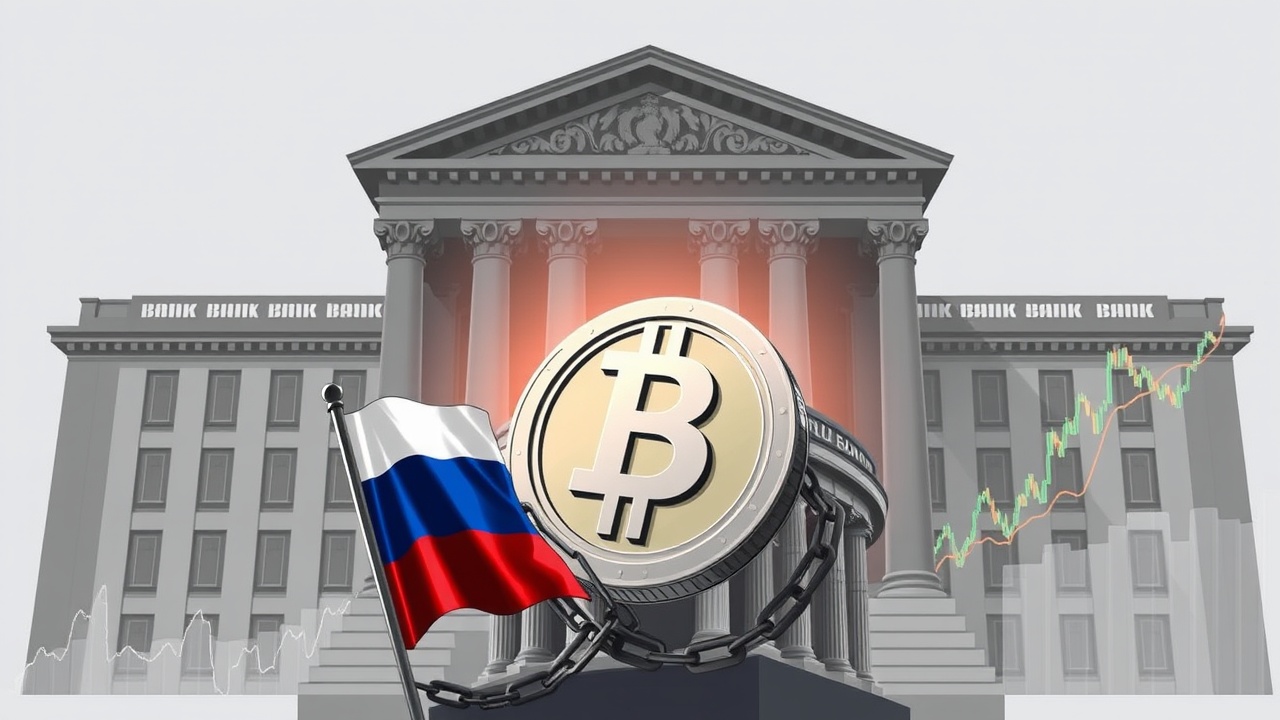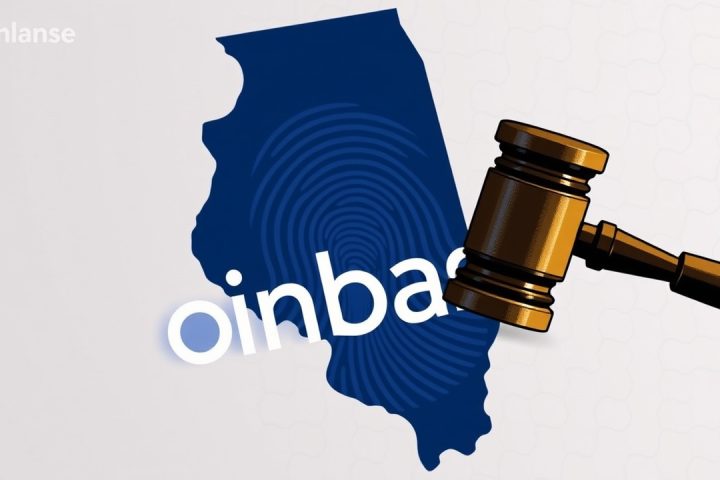New Crypto Regulations in Russia
In an effort to tighten crypto regulations, the Central Bank of Russia has introduced new guidelines that may lead to a de facto prohibition on trading Tether (USDT) domestically. Analysts suggest, however, that these regulations will not prevent Russian companies from utilizing USDT or other stablecoins for international transactions.
Crypto Trading Sandbox
The bank’s announcement, reported by RBC, comes ahead of the expected launch of its crypto trading sandbox on May 26. This sandbox is designed to enable Russian businesses to engage in cryptocurrency transactions in cross-border trade while being monitored by the Central Bank. In the near future, the sandbox will be expanded to allow selected investors access to trading on government-approved crypto exchanges.
Regulations and Restrictions
Nevertheless, the new rules delineate the acceptable categories of cryptocurrencies for trading. Notably, any digital asset associated with securities from nations considered “hostile” to Russia is prohibited. “Hostile” refers to countries that have implemented sanctions against Russia, while “friendly” denotes those that maintain a neutral position.
Moreover, the guidelines touch on concerns regarding the potential freezing or burning of tokens issued by certain entities, hinting at a ban on coins that could be blocked by their issuers or intermediaries. While the Central Bank did not specifically mention USDT in their regulations, there is a consensus among experts that many USD-pegged stablecoins may fail to meet the bank’s criteria.
Georgy Gukasyan, who leads the Tax and Legal Department at DRT, noted that the Central Bank’s stipulations are broad enough to encompass several stablecoins. Mikhail Uspensky, an expert on crypto regulation in Russia, confirmed that USDT likely does not align with the new regulations and will face restrictions in circulation.
He emphasized that the framework being crafted by the bank has been in the works for quite some time but reiterated that cross-border usage of stablecoins for international settlements is still permitted.
KYC Regulations and Tether’s Actions
The complexities of Know Your Customer (KYC) regulations add another layer to this situation. Gukasyan mentioned that Tether’s duties to ensure US dollar redemption for USDT holders apply only to certain individuals who pass KYC and anti-money laundering requirements. As these responsibilities are compliant with international sanctions against Russia, Tether reserves the right to deny withdrawals for clients who do not meet verification criteria.
Gukasyan also highlighted Tether’s capacity to unilaterally restrict tokens in any user’s wallet at any time. This was exemplified by Tether’s response to recent U.S. government actions, including the seizure of domains from the Russian crypto exchange Garantex earlier this year, which led to millions in USDT being frozen when it cooperated with U.S. authorities.
Conclusion
These developments signal a crucial shift in Russia’s approach to cryptocurrency trading, where the Central Bank is clearly aiming to exert tighter control while still facilitating international business transactions through crypto exports. As the deadline for the new regulations approaches, the implications for USDT and other stablecoins remain uncertain, marking significant changes in how crypto assets may be utilized in the country moving forward.

















